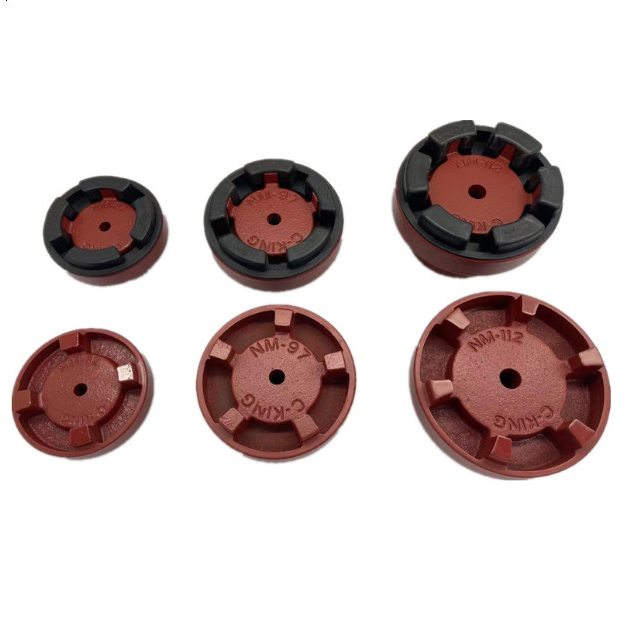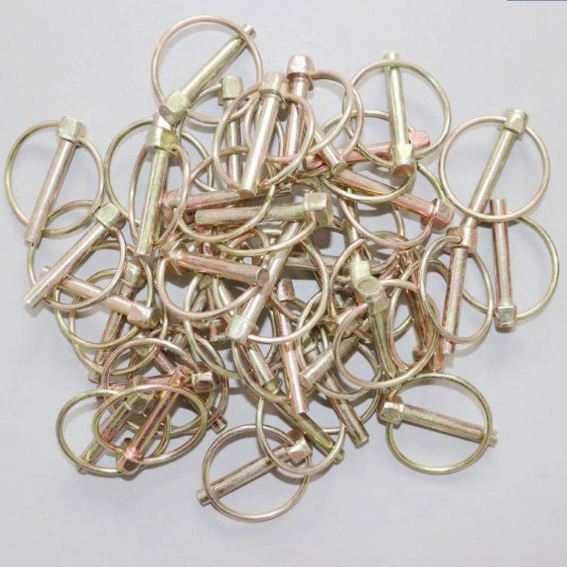When is a rigid coupling used for pumps?
A rigid coupling, as the name implies, lacks flexibility, allowing no misalignment between shafts; therefore, their installation is based on tight dimensional requirements and fits. The rigid coupling connects the driver and driven shafts, transmits torque, transmits axial and radial loads and provides a breakpoint for maintenance. Cast Iron Flexible Rubber Fcl Coupling

The transmission of axial and radial loads is a key differentiating factor between rigid and flexible couplings. The transmission of these loads allows the driver bearings to carry axial loads and the pump to not require a thrust bearing. Additionally, rigid couplings may be used in applications that have higher torque and speed requirements. Rigid couplings can be used for both horizontal and vertical pumps; however, they are primarily used in vertical pumping applications where it is common for the vertical motor bearing to include the thrust bearing.
For more information on couplings, refer to HI’s newest Guidebook Coupling Selection, Installation, and Maintenance for the Pumping Industry.
Read more HI Pump FAQs here.

Rubber Coupling Fcl HI Pump FAQs is produced by the Hydraulic Institute as a service to pump users, contractors, distributors, reps and OEMs. For more information, visit pumps.org.